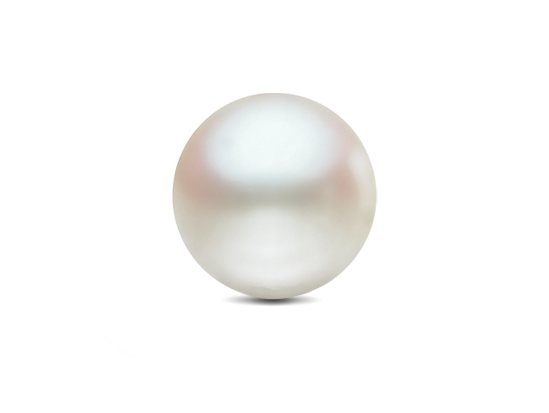Perfect shining spheres. Lustrous baroque forms. Seductive strands, warm to the touch. Pearls are simply and purely organic.
ABOUT PEARL
Perhaps the best-loved gems of all time, pearls—natural and cultured—occur in a wide variety of colors. The most familiar are white and cream, but the palette of colors extends to every hue. Natural pearls form around a microscopic irritant in the bodies of certain mollusks. Cultured pearls are the result of the deliberate insertion of a bead or piece of tissue that the mollusk coats with nacre.
2206 BC
A Chinese historian writes about pearls for the first time.
653 FIFTH AVENUE
In 1917, Pierre Cartier traded a double strand of natural pearls for a mansion on Fifth Avenue in New York City.
1893
Kokichi Mikimoto successfully cultures a pearl in Japan.
FACTS
- Mineral: Calcium Carbonate
- Chemistry: CaCO3
- Color: White, black, gray, yellow, orange, pink, lavender, green, blue
- Refractive Index: 1.52-1.69
- Specific Gravity: 2.60-2.85
- Mohs Hardness: 2.5-3.0
QUALITY FACTORS
An assessment of the following characteristics determines the value of each type of pearl.
LUSTER
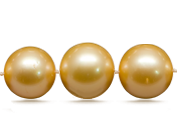
Pearls with high luster have sharp bright reflections on the surface.
SURFACE QUALITY
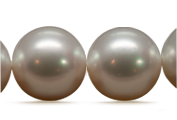
The number of blemishes on a pearl’s surface is evaluated to judge quality.
SHAPE
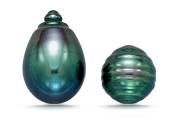
Spherical pearls are the most valued but symmetrical drops are also sought.
COLOR
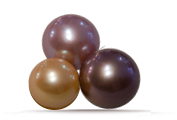
Although white is most classic, appreciation has grown for more unusual natural colors.
NACRE THICKNESS
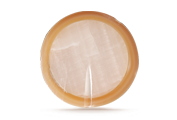
Nacre thickness is evaluated to make sure that cultured pearls are durable as well as beautiful.
SIZE
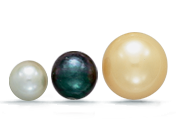
Cultured pearls range from 2-16mm in diameter, depending on the mollusk used.
MATCHING
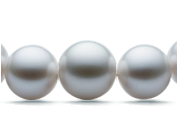
For pearl strands and multi-pearl pieces, how well the pearls match (or mix) affects the value.

